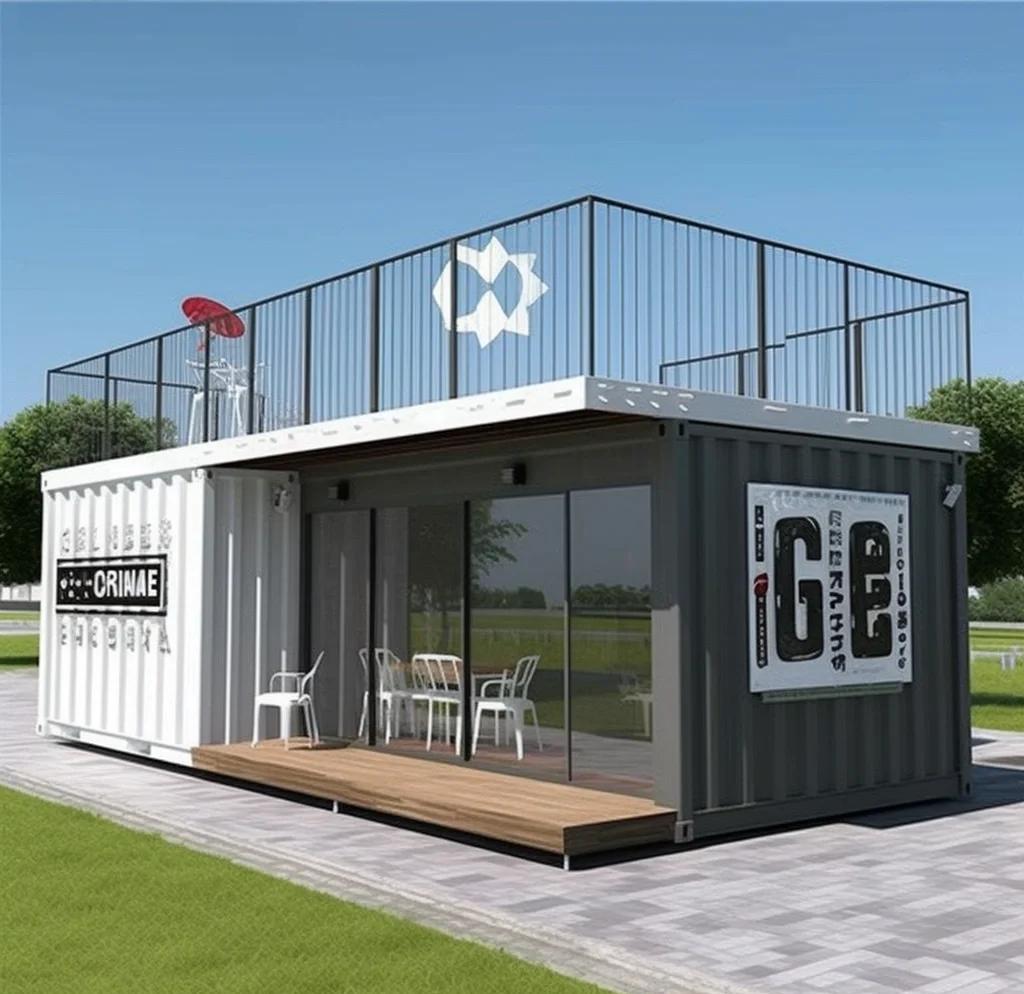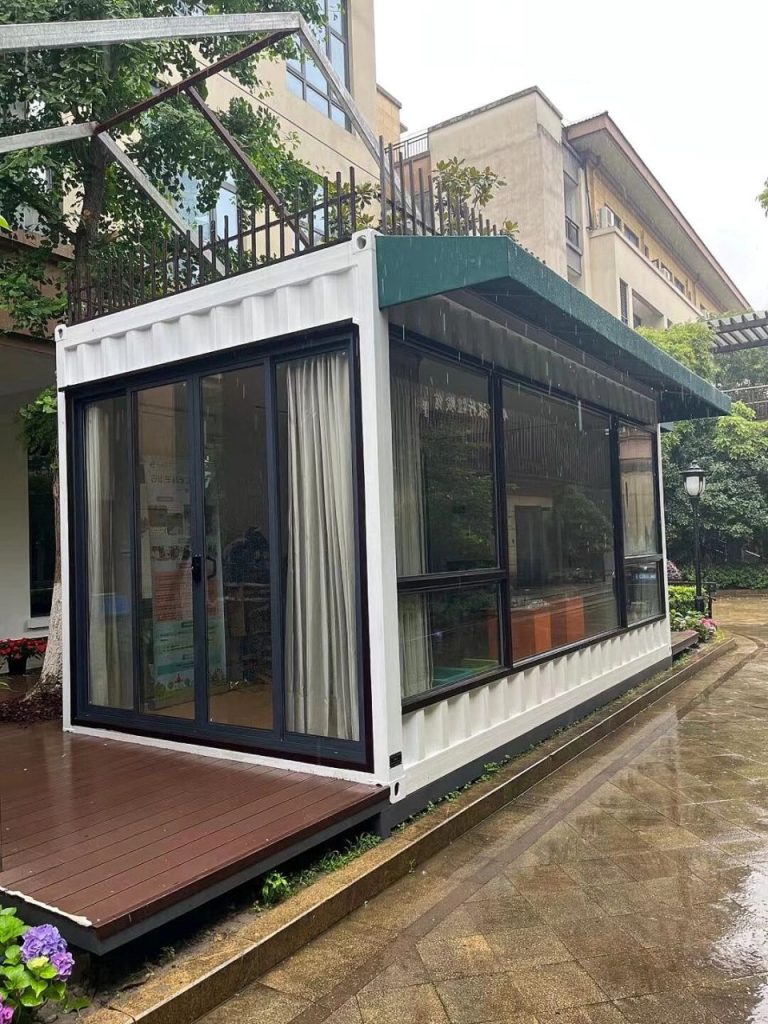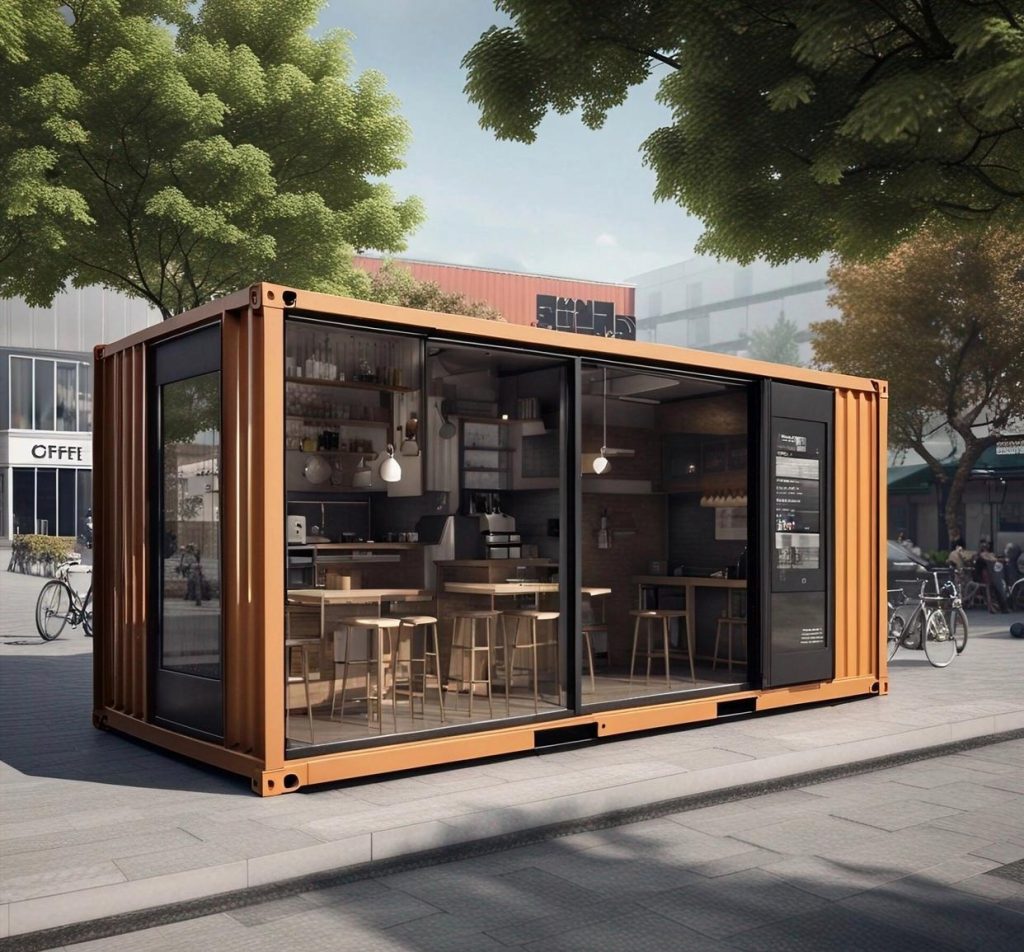Container houses are an innovative type of architecture that repurposes shipping containers as the foundational building blocks, transformed through various modifications to include essential features such as windows, doors, and other amenities typically found in conventional homes. Here’s a detailed introduction to container houses in English:
Features & Advantages:
Rapid Construction: Leveraging standardized design and prefabrication processes, container houses can be assembled quickly, significantly reducing construction time compared to traditional methods.
Eco-Friendly: These structures are often low-carbon and environmentally friendly, with minimal on-site pollution during assembly. They can be reused, repurposed, or even dismantled and reconfigured, promoting sustainability and reducing waste.
Flexibility & Versatility: Container houses offer immense design flexibility, allowing for customization to suit diverse architectural needs and personal preferences. They can be easily adapted for different purposes, from residential to commercial use.
Structural Strength: Built using robust steel frames, container houses are known for their durability and resistance to harsh weather conditions and natural disasters.
Portability: One of the unique selling points of container houses is their mobility. They can be relocated to different sites as needed, making them ideal for temporary accommodations, mobile offices, or any situation requiring frequent moves.
Applications:
Container houses find applications across a wide range of sectors, including:
Construction Sites: For worker accommodation and office spaces.
Storage Solutions: As secure and weather-resistant storage facilities.
Exhibitions & Events: As temporary exhibition halls, pop-up shops, or event spaces.
Residential Use: Increasingly seen as a viable option for permanent living, especially in areas with limited land or high construction costs.
Commercial Spaces: For mobile offices, retail outlets, or other commercial purposes.
Lifespan & Maintenance:
The lifespan of a container house depends on several factors, including climate, usage patterns, and maintenance practices. With regular upkeep, such as anti-rust treatments, painting, and structural inspections, a container house can last for 25 years or more, providing a long-term, sustainable living or working solution.
In summary, container houses represent a forward-thinking approach to architecture, combining practicality, sustainability, and flexibility to meet the evolv



ing needs of modern society.

No reply content